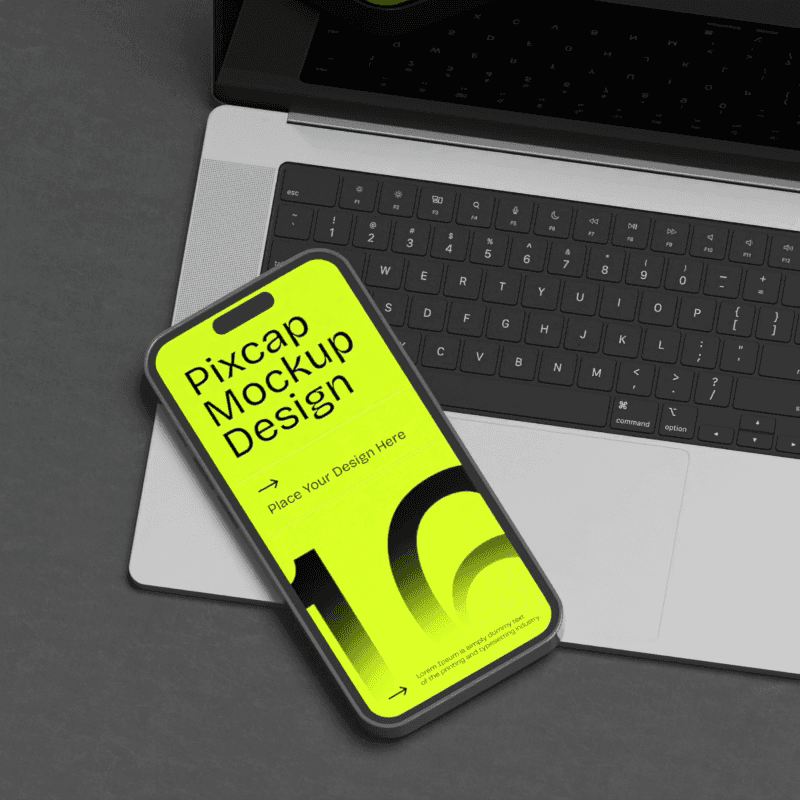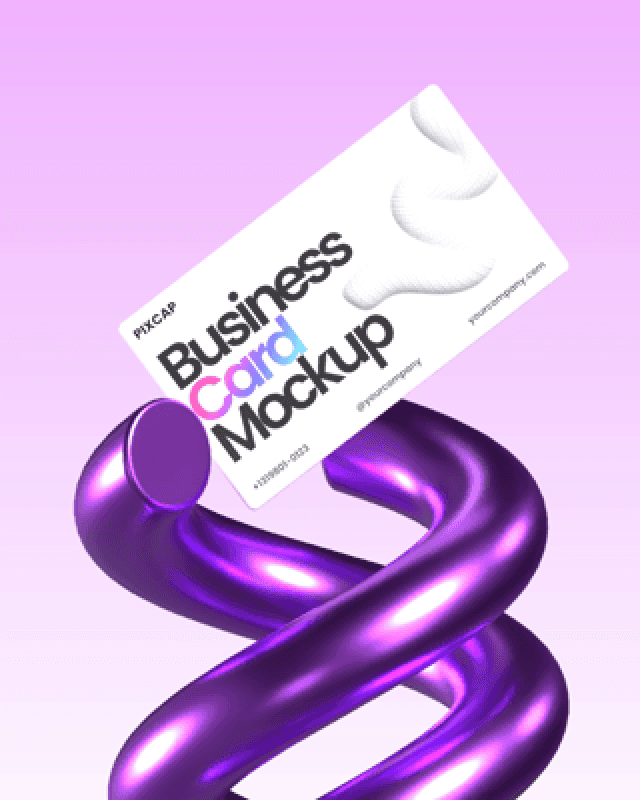Becoming a graphic designer can be an exciting and fulfilling career choice for those with a passion for art, design, and visual communication. However, it takes more than just a love for creativity to succeed in this competitive field.
In this guide, we will outline the key steps you need to take to become a successful graphic designer.
First, let's understand the responsibilities and skills required for this role.
What Does a Graphic Designer Do?
A graphic designer is responsible for creating visual concepts that communicate ideas and messages through various mediums such as print, digital, and packaging. They use their creative skills to design layouts, logos, illustrations, and other visual elements for a wide range of projects.
To excel in this role, a graphic designer must have strong technical skills in software programs like Adobe Photoshop, Illustrator, and InDesign. They should also possess excellent communication, time management, and problem-solving skills.
When first starting out, there are some simpler design tools you can work with including Pixcap, Canva, Picsart.
If you're interested in 3D graphic design, explore Pixcap's library of free 3D assets which you can customize and download to use in your projects.
What Are Different Types of Graphic Designers?
There are three major categories of graphic designers that you need to be aware of when researching beginning graphic design:
In-House Graphic Designers: An in-house graphic designer works within an organization’s marketing or creative department. They develop graphics for internal use such as corporate branding, promotional materials or other design needs specific to that company. Being part of in-house team allows these types of designers to fully immerse themselves within a brand’s identity.
Agency Graphic Designers: Agency graphic designers work for design firms or advertising agencies. Instead of focusing on one particular company, they manage a diverse range of clients’ projects. So if you relish variety in your work and enjoy wearing many hats this might prove appealing!
Freelance Graphic Designers: Freelance graphic designers are self-employed professionals who market their skills directly to clients. These graphic design beginners often have more freedom regarding their hours and work environment. However, it also requires them to handle business tasks like billing, marketing themselves or seeking new clients.
How to Become a Graphic Designer
It’s time to dive into the steps you can take to become a graphic designer.
Research and Understand the Industry
As you embark on your journey to become a graphic designer, it's essential you first research and gain an understanding of the industry.
This exploration will set a solid foundation for your career choice, as you learn aspects like various roles in the space, growth potential of the industry, salary ranges, and job requirements.
Learn Graphic Design Principles
Understanding graphic design principles is crucial for anyone looking to master this craft.
These principles include elements like balance, contrast, emphasis, movement, white space, proportion, hierarchy, repetition, rhythm, pattern, unity, and variety. As part of learning to design visuals effectively:
Grasp the theory behind each principle and understand its role in creating aesthetic balance.
Incorporate these concepts into your work from the beginning stages of design.
Regularly review how these principles drive various successful designs around you.
This theoretical foundation will let you discern what makes certain designs stand out while others fade into the backdrop.
Enroll in a Graphic Design Course
To efficiently learn all about graphics design and obtain structured knowledge, consider enrolling in a course tailored explicitly toward budding designers like yourself.
Numerous credible online platforms offer comprehensive courses covering everything from fundamental graphic designing techniques to sophisticated software manipulation tricks.
Courses also often provide exposure to real-world scenarios via project-based learning activities allowing learners to apply new skills immediately. While formal training isn't mandatory in the world of graphic design—many are self-taught—having some structured input may help streamline your learning curve significantly.
Learn Key Graphic Design Tools
Graphic designers must be proficient in several design tools to create professional-level designs. Here are the top three essential technologies you'll need to master:
Adobe Illustrator: Think of Illustrator as your sketchpad for vector-based drawings and graphics creation.
Adobe Photoshop: Photoshop is an image manipulation software that allows you to edit photos, create visual effects, and design web graphics.
Adobe InDesign: InDesign is the go-to software for creating layouts and designs for print or digital publications like magazines, posters, brochures, or ebooks.
Work on Personal Projects to Develop Your Skills
Practical application plays a pivotal role when it comes down to reinforcement of newly acquired skills or refining existing ones - hence working on personal projects benefits tremendously while experimenting with different techniques and art styles without fear of missteps hindering progress.
These projects can range from re-imagining branding assets for existing companies or creating fictitious ones based purely on personal preferences – not only does this show creativity at work but neatly folds into our next critical step: Portfolio creation!
Create a Professional Portfolio
Your portfolio is the first thing a potential employer or client will see, so it must showcase your skills and capabilities effectively.
A professional graphic design portfolio should exhibit:
A selection of high-quality projects that display your diversity, creativity, and technical abilities.
Well-presented visuals using quality images and videos with concise descriptions highlighting project objectives and outcomes.
An organized layout enabling viewers to navigate through your work seamlessly and swiftly.
Your contact information and links to other online profiles, such as social media or personal websites.
How to Become a Freelance Graphic Designer
If you're interested in pursuing a freelance graphic design career, here are some additional steps to consider:
Develop a Strong Personal Brand
As a freelancer, your personal brand is crucial as it sets you apart from other designers and helps attract potential clients.
Your brand should reflect your unique style, values, and strengths. This can be achieved through elements like a logo, color scheme, typography, and tone of voice.
Network and Build Connections
Networking is a vital aspect of freelancing as it helps you build connections with potential clients and other designers.
Attend industry events, join online communities, and engage with fellow designers to expand your reach and visibility.
Market Yourself Effectively
With intense competition in the freelance graphic design space, it's essential to have a strong marketing strategy.
This could include creating an online portfolio, using social media to showcase your work and connect with potential clients, or leveraging freelance platforms like Upwork or Fiverr.
Set and Negotiate Rates
As a freelancer, it's crucial to set reasonable rates for your services based on factors like your experience, expertise, and industry standards. Be prepared to negotiate fees with clients, and remember to value your work and time appropriately.
We have a blog post on the best ways to increase income as a graphic designer that can provide more in-depth information, check it out!
Is Graphic Design Hard to Learn?
Graphic design can be challenging to learn, but with dedication and the right learning resources, it is definitely achievable. It requires a combination of creativity, technical skills, and industry knowledge. The learning process may also vary for each individual, depending on their background and learning style.
However, with consistent practice and continuous learning, anyone can become proficient in graphic design. It is important to keep an open mind, stay curious, and always seek new challenges to improve your skills.
Do Graphic Designers Make Money?
Graphic design can be a lucrative career, with the potential to earn a high salary. The earning potential also depends on factors such as experience, specialization, and location. It is common for experienced graphic designers to earn significantly more than those just starting in the field.
Furthermore, with the rise of freelance and remote work options, graphic designers have the opportunity to increase their income by taking on multiple projects from different clients. This can also provide a level of flexibility and control over their workload.
How Much Does a Graphic Designer Make?
The salary of a graphic designer can vary depending on factors such as experience, location, and industry. According to the U.S. Bureau of Labor Statistics, the median annual wage for graphic designers in 2020 was $57,990.
However, freelance graphic designers may have higher earning potential depending on their clients and projects. It's important to research and compare rates within the industry to ensure you are being fairly compensated for your work.
It's totally possible to make 6 figures as a graphic designer, but it takes years of dedication, hard work, and constant improvement. Additionally, diversifying your skills by learning different design programs and techniques can also increase your earning potential.
Overall, graphic design can be a fulfilling and financially rewarding career choice for those with a passion for creativity and visual art.
Conclusion
Graphic design is a multifaceted field that requires a combination of technical skills, creativity, and industry knowledge. With the right resources and continuous learning, anyone can learn and excel in this profession.
Whether you choose to pursue a career as an in-house designer or freelance graphic designer, there are endless opportunities to showcase your talent and create impactful designs. Remember to constantly challenge yourself, network with fellow designers, and market your skills effectively to achieve success in this dynamic industry.
Frequently Asked Questions
1. How to become a graphic designer without a degree?
It is not a requirement to hold a degree to become a successful graphic designer. You can learn the necessary skills through online courses, self-study, and hands-on experience. Networking and building a strong portfolio are also important for landing opportunities without a degree.
2. What software do I need to learn for graphic design?
Some popular software used in the graphic design industry include Adobe Creative Suite (Photoshop, Illustrator, InDesign), Affinity Designer, and Procreate. However, it's important to constantly stay updated with new tools and technologies being utilized in the field.
3. Can I work remotely as a graphic designer?
Yes, many graphic designers work remotely as freelancers or for companies that offer remote opportunities. Having a strong online presence and portfolio can make it easier to find remote work as a graphic designer.
4. How long does it take to become a graphic designer?
Some people may choose to pursue a formal education in graphic design, which typically takes 2-4 years to complete. Others may opt for self-teaching through online courses or workshops, which can take anywhere from a few months to a year or more.














